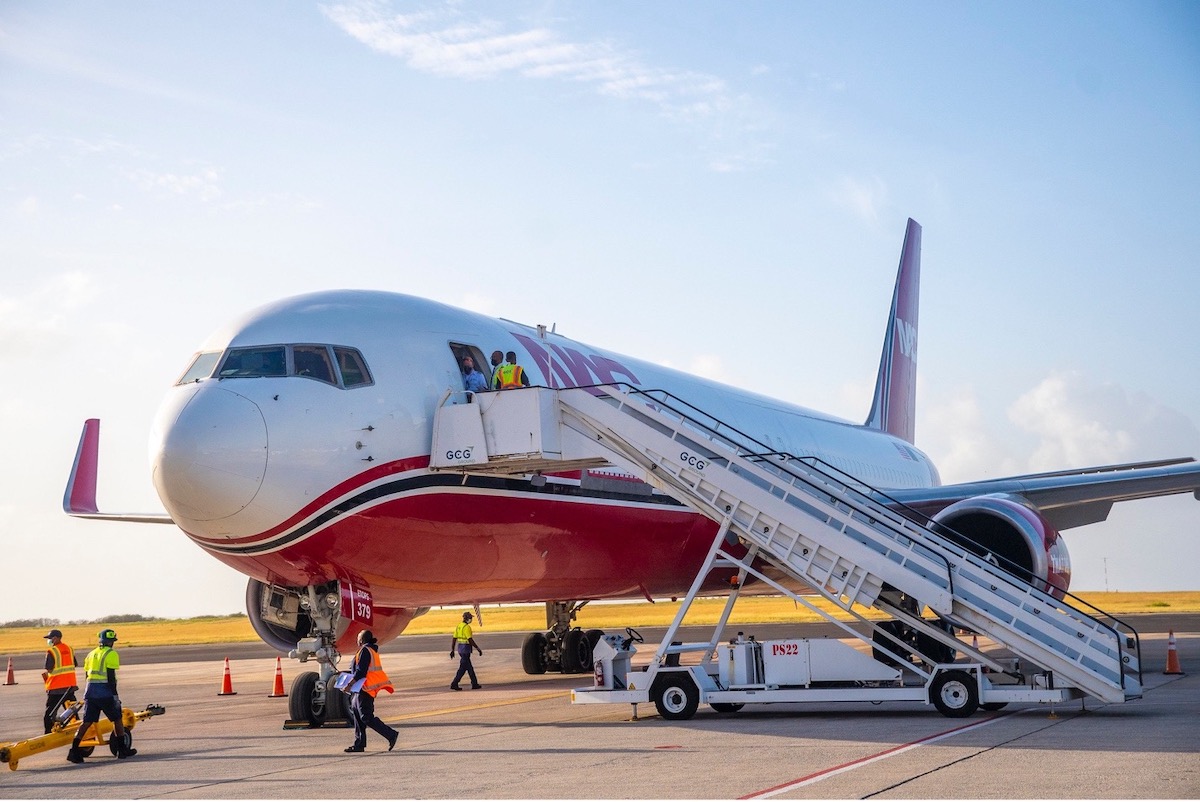UN Agencies Share Aggregated, Clean and Consolidated Air Travel Data to Improve Efficiencies
The United Nations has committed to delivering the Sustainable Development Goals by 2030, including affordable clean energy (SDG 7), climate action (SDG 13) and improved life on land (SDG 15). In addition, UN Reform has mandated costs savings and more efficiency in operations across the UN family.
The UN Environment Programme has also called through its Greening the Blue programme for a carbon-neutral UN system measuring its environmental performance, reducing its environmental impacts and offsetting unavoidable greenhouse gas emissions.
According to the 2017 Review of Air Travel Policies in the United Nations System by the UN Joint Inspection Unit, travel expenses are one of the largest budget components of the United Nations system after staff costs. The study looked at ways of enhancing efficiency and effectiveness of travel management; increasing accountability and transparency among managers who approve travel, taking into account travelers’ productivity, safety and security; promoting and increasing coordination and cooperation among organizations; and identifying good practices and lessons learned in order to promote, where possible, the harmonization of practices across the United Nations system.
As a result, the UN family has been driving down travel costs over the years through improved systems, more stringent policies, inter-Agency collaboration to collectively renegotiate fares and provide better overall management. Although much has already been done, there are still opportunities for further improvement.
A group of UN Agencies has recently come together on a voluntary basis through the UN Digital Solutions Centre to build the Travel Data Cube, a consolidated data cube to compare and contrast travel spending, including reviewing average travel cost rates on top routes.
The Travel Cube, built by the firm Areka Consulting with the coordination of the United Nations International Computing Centre (UNICC), contains travel information of the Food and Agriculture Organization (FAO), the International Fund for Agricultural Development (IFAD), the UN Refugee Agency (UNHCR), the United Nations Office at Geneva (UNOG), UN Copenhagen, the World Food Programme (WFP) and the World Health Organization (WHO).
The Travel Cube, utilizing the Online Analytical Processing (OLAP) ‘cube’ technique for analyzing multidimensional data to find insights, includes consolidated data from approximately 70 travel management companies (TMCs), who often have complex and detailed information on fares, class, restrictions, etc.
In the cube, data is aggregated, cleaned, consolidated and shown in a visual and interactive web-based dashboard that allows users to perform data-driven fares negotiation with airlines, ultimately driving savings. The dashboard includes a mapping tool through which users can see which UN Agencies are covered by which UN airline contracts and the savings they deliver.
The project team is now analysing the Travel Cube’s output data to understand which innovative, inter-Agency technology solutions could help drive further savings and optimized travel related policies.
About the UN Digital Solutions Centre
The United Nations Digital Solutions Centre is operated in partnership by the UN World Food Programme (WFP), the UN High Commissioner for Refugees (UNHCR) and is supported by the UN International Computing Centre (UNICC). By leveraging new technologies and UN expertise, the UN Digital Solutions Centre aims to create a suite of digital solutions that can be shared among UN agencies to transform common business operations and streamline time-consuming transactional tasks. Solutions developed by WFP and UNHCR will be made available to the entire UN system.

